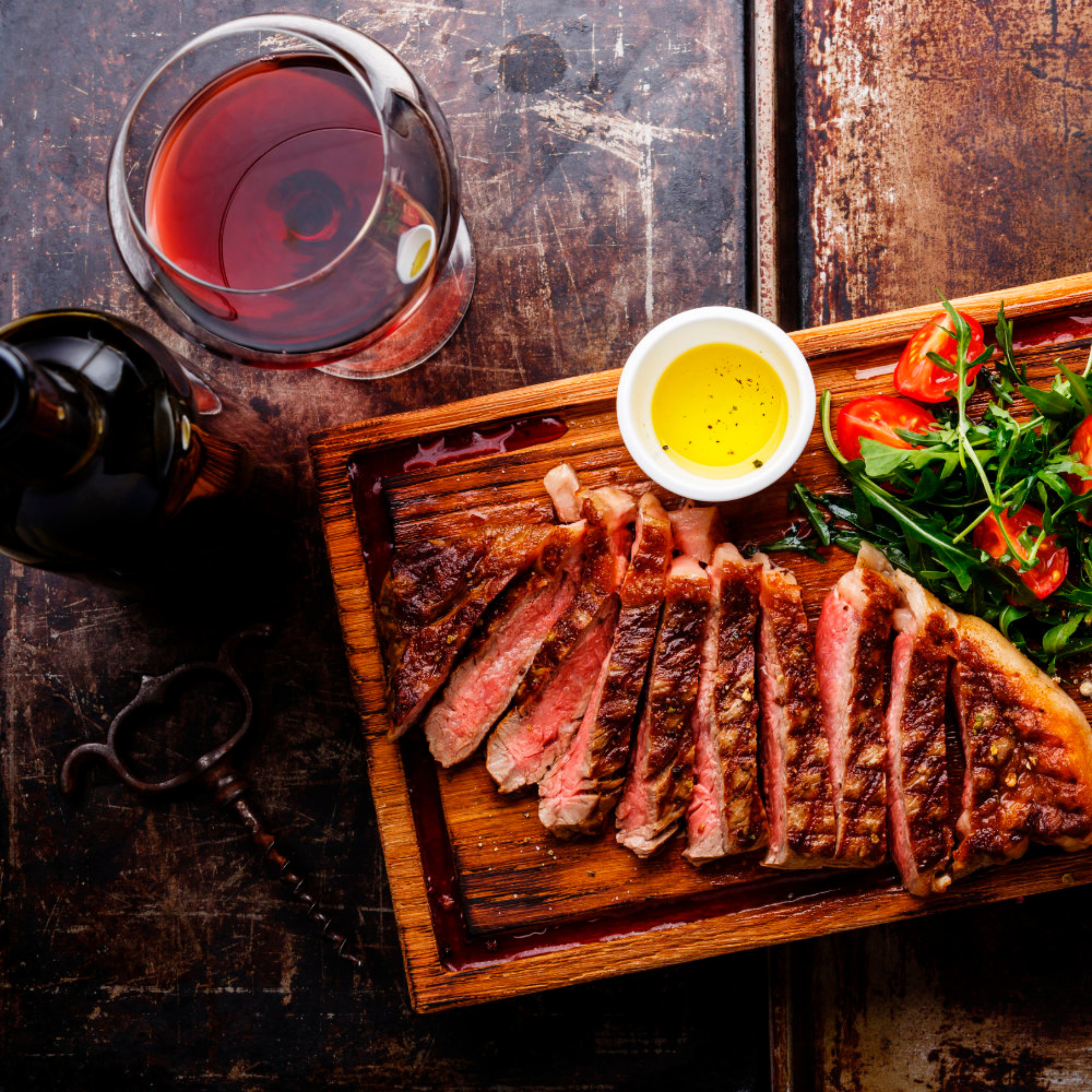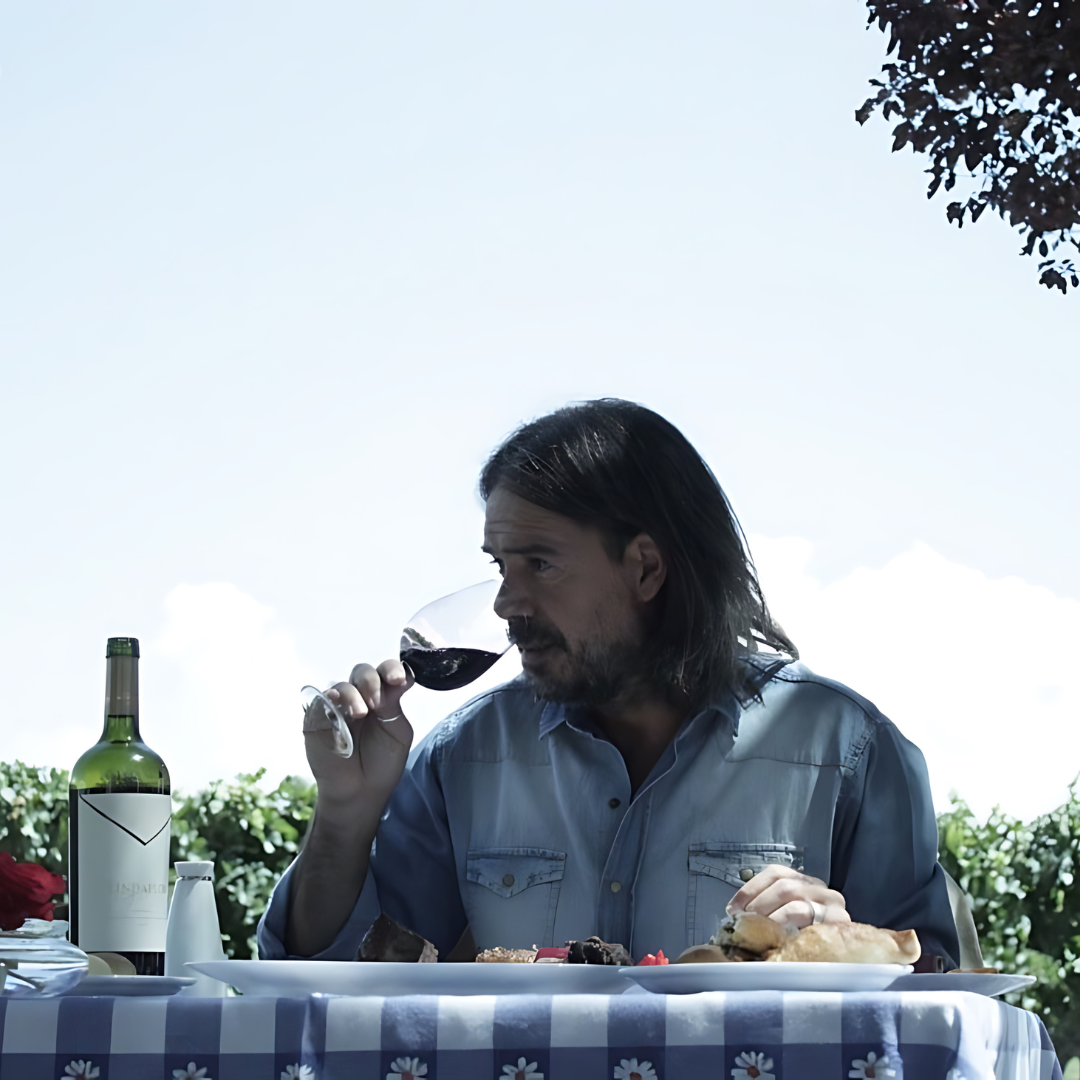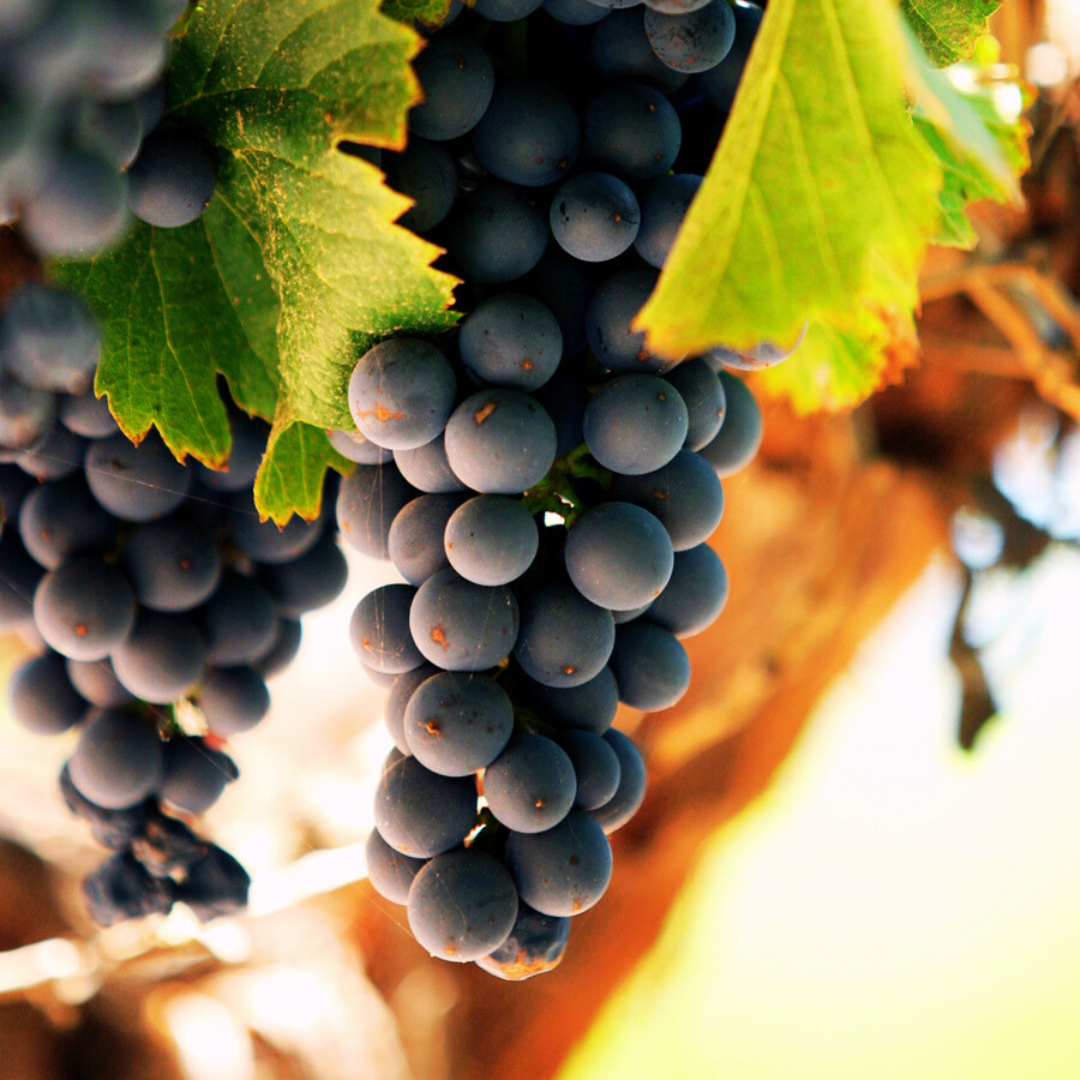Argentina has around 40 thousand hectares of Malbec stretching from the Tropic of Capricorn on the northern border alongside Bolivia to the southern oasis of Capitán Sarmiento, Chubut in the heart of Patagonia. The huge spread of climates and terroir creates a broad range of flavours for this most Argentine of reds. In The Andes Valleys of Salta up to 3100 metres above sea level, Malbec reveals a unique spicy and roasted capsicum flavour, with full body and rounded tannins. In contrast, at the bottom of Mendoza’s hill and in Patagonia steppe where you’ll find cooler regions like Winkler I and II zones and long summer days, Malbec reveals a fruity, floral taste, tight palate and great freshness. In the middle, there is a wide range of flavours, at the centre of which is Luján de Cuyo’s terroir in Mendoza province. Everything you have come to know about Malbec flavour is based on the ones from Luján: well ripened fruits, sweet spice, soft tannins and good muscle.
Whilst Argentina is looking to define new styles of Malbec, some universities and investigation centres like INTA, Catena Institute of Wine and Doña Paula Terroir laboratory are focusing on specific Malbec aromas and flavours. Until now, there has been no evidence or single molecule to define the unique character of Malbec - on the contrary, Malbec aroma and taste is so permeable to terroir changes, this will be used as a key to define and characterise them.
A little known fact about Malbec is its capacity to age well. Indeed, a group of labels that evolved in the 70’s is still available at
wine stores today. If you’re looking to buy Malbec now for long term cellaring, mild or cool climate ones like Valle de Uco are your best option. Argentinian wine laws require Reserva to be oak barrel aged for at least one year and Gran Reserva at least two years, making both styles a great choice.
There is a small but bold group of Malbec sparkling brands in both white and rosé, which are similar to light reds in taste, and exhibit freshness and body typical of sparkling wine. In the sparkling wine family, which Malbec plays the same role as Pinot Noir in champagne, and shares the spotlight with Chardonnay.
One of the most interesting new Malbec trends is food pairing. Fresh wines with open, expressive aromas and light mouth feel can be paired with a wide range of dishes. It’s no longer all about the monolithic world of Asado (barbeque) and Malbec, now there are new options to explore, especially in home cooking. Because of its friendly, easy-going soul Malbec pairs perfectly with light tomato sauce, pasta with olive oil and herbs and even some firm fishes like albacore or tuna - and of course, it still goes very well with grilled or stewed meat, prosciutto, salami and cheeses like Gouda or Emmental, so there’s no excuse not to serve it at home!
Joaquín Hidalgo (36) hails from Mendoza, where he received his title of winemaker from the Liceo Agrícola. He graduated as a journalist from the National University of La Plata, and since 2003 has been living in Buenos Aires where he writes about wine and food in major national media: wine writer for JOY magazine and Planetajoy, he is a columnist for the Sunday edition of La Mañana de Neuquén and La Nación magazine (2014). He co-edited the Austral Spectator wine guide between 2011 & 2013, the year in which he launched Vinómanos, the first mobile app guide to Argentine wines. He sharpens his creative wit in his blog, Bien Jugoso (planetajoy.com/bienjugoso).







